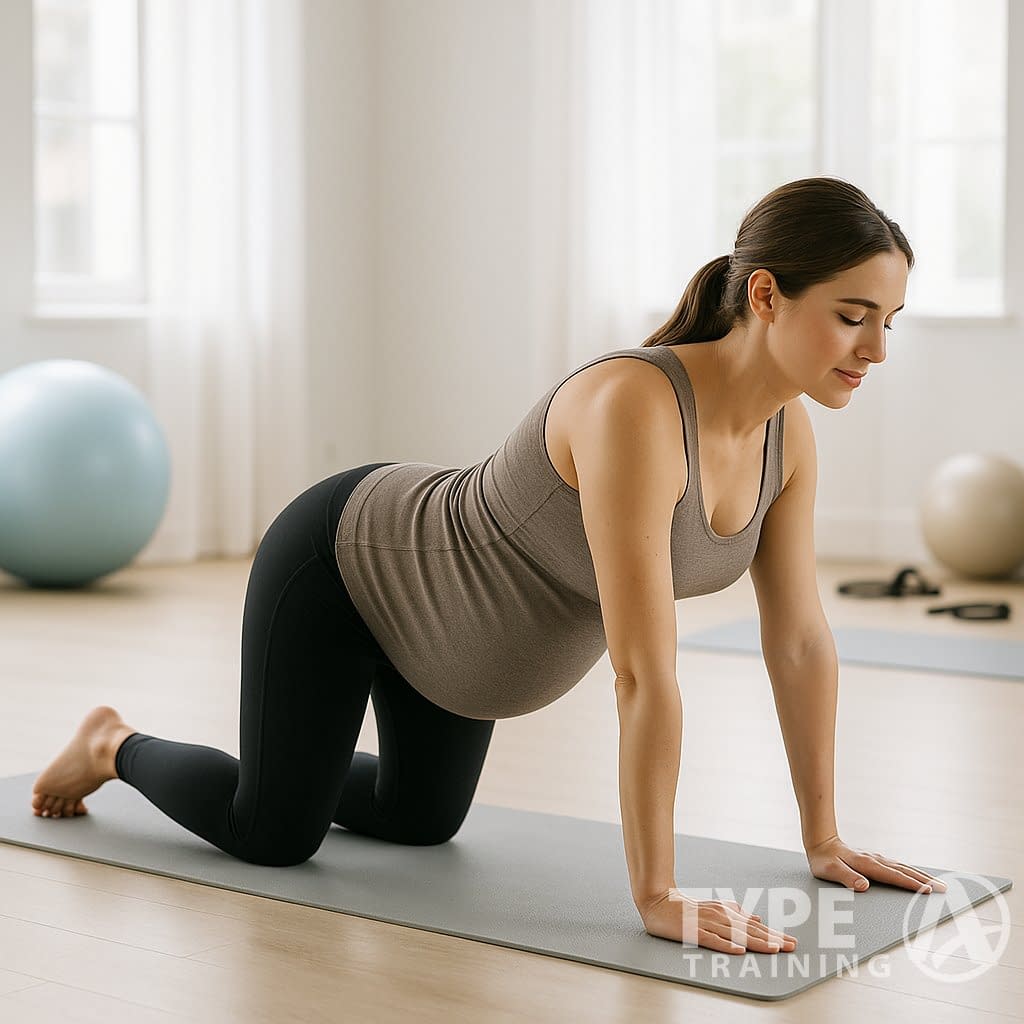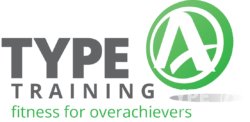Pregnancy brings significant changes to your body. These changes can lead to muscle imbalances and weakness. Exercise plays a crucial role in maintaining strength and health during this transformative time.
Pilates, a form of low-impact exercise, offers targeted benefits for expectant mothers.

Prenatal Pilates focuses on strengthening your deep core and pelvic floor muscles. These muscles are particularly important during pregnancy and postpartum recovery. This specialized form of exercise can help address common pregnancy concerns such as diastasis recti and urinary incontinence.
Popular posts:
By incorporating Pilates into your prenatal routine, you can work towards a healthier, more comfortable pregnancy and potentially easier recovery.
Key Takeaways
- Pilates targets key muscle groups affected by pregnancy, promoting overall strength and balance.
- Prenatal Pilates exercises are tailored to address specific pregnancy-related concerns and physical changes.
- Regular practice of prenatal Pilates can contribute to a more comfortable pregnancy and smoother postpartum recovery.
How Pilates Can Be Adapted for Pregnancy

Pilates exercises can be safely modified for expectant mothers. Many Pilates movements focus on breath control, balance, and proper alignment – all beneficial during pregnancy. However, not every Pilates exercise is suitable.
It’s crucial to work with a prenatal-certified instructor who can guide you through appropriate modifications. They’ll ensure you’re performing exercises safely and effectively as your body changes.
How Prenatal Pilates Differs from Standard Pilates
Prenatal Pilates adapts exercises to accommodate your changing body during pregnancy. You’ll avoid lying on your back or stomach, and modify planks as your pregnancy progresses. Flexion and rotation movements are limited, especially against gravity.
These adjustments ensure your safety and comfort while still providing the core-strengthening benefits of Pilates.
How Pilates during pregnancy eases discomfort
Prenatal Pilates offers numerous benefits for expectant mothers. It strengthens your pelvic floor and deep core muscles, helping prevent common pregnancy-related issues like diastasis recti, pelvic floor dysfunction, and back pain.
As your baby grows, your body shifts to accommodate the changes. Pilates helps maintain stability and balance against muscular imbalances caused by pregnancy. It’s particularly useful for managing the effects of relaxin, a hormone that loosens ligaments but can lead to joint instability.
Pilates also improves breath control and mechanics. This makes breathing more comfortable as your pregnancy progresses. This enhanced breath connection also helps maintain engagement with your pelvic floor and deep core muscles, which can be valuable during labor and delivery.
The practice strengthens your legs, arms, and glutes, preparing your body for the physical demands of childbirth. It also promotes flexibility and reduces stress through mindfulness techniques.
Try these low-impact Pilates exercises:
- Pelvic tilts
- Bird dog pose
- Transverse abdominis activation
Remember to consult your healthcare provider before starting any new exercise routine during pregnancy.
Can You Start Prenatal Pilates Without Prior Experience?
You don’t need previous Pilates experience to begin prenatal classes. While starting a completely new routine during pregnancy isn’t recommended, regular movement is beneficial.
Find a prenatal certified instructor who can guide you safely based on your current fitness level. They’ll help tailor exercises to your needs, ensuring a healthy and comfortable pregnancy workout experience.
When to Switch to Prenatal Pilates Exercises
As your pregnancy progresses, you’ll need to adapt your Pilates routine.
The second trimester is typically when you should start incorporating prenatal-specific exercises. Your growing belly makes managing intra-abdominal pressure more challenging during certain movements.
Focus on maintaining a strong connection to your deep core muscles throughout your workout. Be vigilant for any coning or bulging in your abdominals. These modifications help prevent excessive diastasis recti and pelvic floor issues.
Balance becomes trickier as you enter the third trimester, especially for single-leg exercises. Consider using a chair for support or opt for bilateral movements instead.
Starting prenatal exercises earlier is perfectly safe, too. In fact, beginning a pregnancy-specific routine right away can help build strength and stability you’ll benefit from throughout your pregnancy and postpartum period.
How often should you do prenatal Pilates during pregnancy?
Prenatal Pilates can be a beneficial part of your pregnancy workout routine. The frequency and duration of your sessions should be tailored to your individual needs and comfort level.
Aim for daily movement, but listen to your body’s signals. Some days you might feel energized for a 30-minute workout, while other days a 10-minute session may be more appropriate.
There’s no one-size-fits-all recommendation for prenatal exercise. Your body will guide you on what feels right. Remember to prioritize your comfort and well-being throughout your pregnancy journey.
When to Avoid Pilates During Pregnancy
Pilates can be adapted for most stages of pregnancy. You can make modifications throughout each trimester to accommodate your changing body.
However, if you have any high-risk complications, it’s crucial to consult your doctor before continuing or starting Pilates. They can provide personalized advice based on your specific situation.
Consider potential impacts on diastasis recti, incontinence, and abdominal pressure when adjusting your Pilates routine. Your instructor should be able to suggest appropriate modifications to keep you and your baby safe while maintaining your fitness.
How Soon Can You Resume Regular Pilates After Giving Birth?
After delivering your baby, it’s important to give your body time to heal. Stick with gentle prenatal exercises for the first few weeks postpartum. Your abdominal muscles have stretched significantly during pregnancy and need time to recover.
Start with gentle deep core engagement and breathing exercises soon after birth. These can aid your recovery process.
Wait at least six weeks before attempting any strenuous exercise, including regular Pilates. Always get clearance from your doctor before resuming more intense workouts.
Remember, the postpartum period is a time for healing and adjustment. Be patient with your body as you navigate this new phase of motherhood. Gradually increase your activity level as you feel ready and your healthcare provider approves.
How Do Prenatal and Postnatal Pilates Differ?
Prenatal and postnatal Pilates share many similarities in terms of exercises and overall approach. The main distinction lies in the presence of your baby during pregnancy.
Most Pilates movements remain the same, with a few modifications for prenatal classes.
During pregnancy, you may need to avoid certain exercises that require lying on your back. These adjustments ensure your comfort and safety. After giving birth, you can typically resume these exercises in postnatal classes.
Frequently Asked Questions
What benefits does Prenatal Pilates offer?
Prenatal Pilates strengthens core muscles, improves posture, and enhances flexibility. It can reduce pregnancy-related discomfort and promote better balance. The practice also helps maintain overall fitness and prepares your body for labor and delivery.
Where can I find Prenatal Pilates classes?
Check local gyms, yoga studios, and community centers for Prenatal Pilates classes. Many hospitals and birthing centers also offer these specialized sessions. Ask your healthcare provider for recommendations or search online directories for certified instructors in your area.
Are there Prenatal Pilates programs available online?
Yes, numerous online platforms offer Prenatal Pilates programs. These range from pre-recorded video series to live-streamed classes. Look for reputable fitness websites or apps that feature certified prenatal instructors. Always consult your doctor before starting any online program.
When should I start Prenatal Pilates during pregnancy?
You can begin Prenatal Pilates at any stage of pregnancy, provided your doctor approves. Many women start in the second trimester when morning sickness typically subsides. If you practiced Pilates before pregnancy, you may continue with modifications from the first trimester.
What qualifications should a Prenatal Pilates instructor have?
Seek instructors with specific certifications in Prenatal Pilates or prenatal fitness. They should have knowledge of pregnancy anatomy and common discomforts.
Look for credentials from recognized Pilates organizations. Also, inquire about their experience working with pregnant clients.
Can Prenatal Pilates help with labor preparation?
Prenatal Pilates can aid in labor preparation. It does this by strengthening pelvic floor muscles and improving endurance. It also teaches breathing techniques that may be useful during labor. The practice also enhances body awareness, which can help you adapt to different positions during childbirth.













